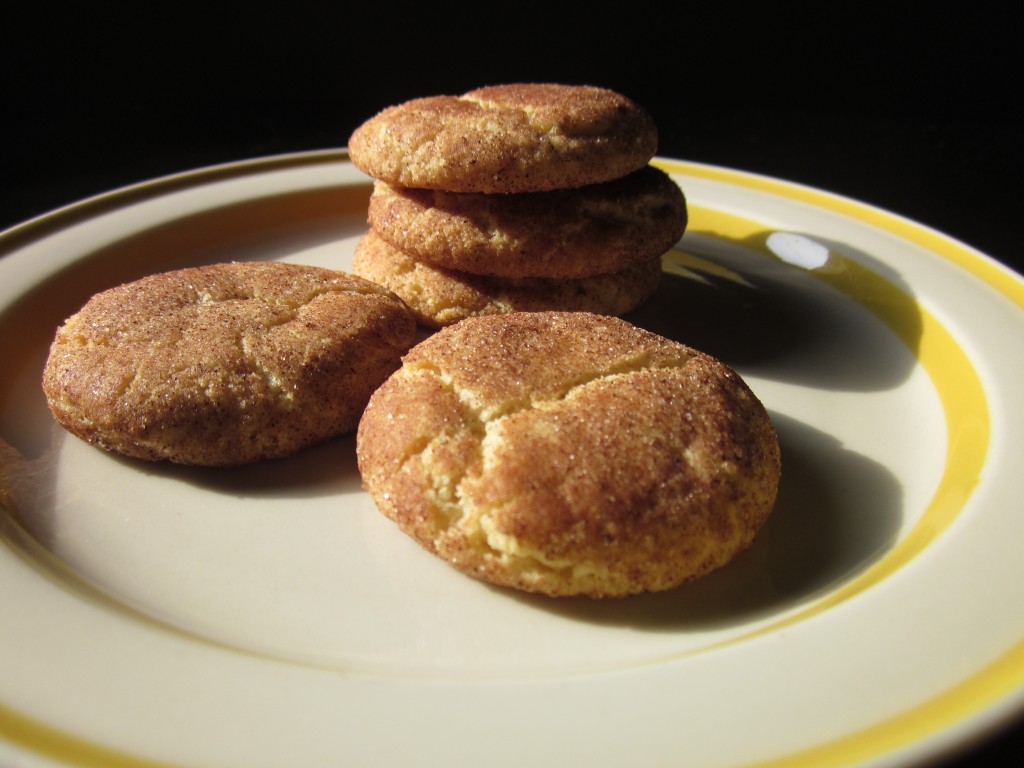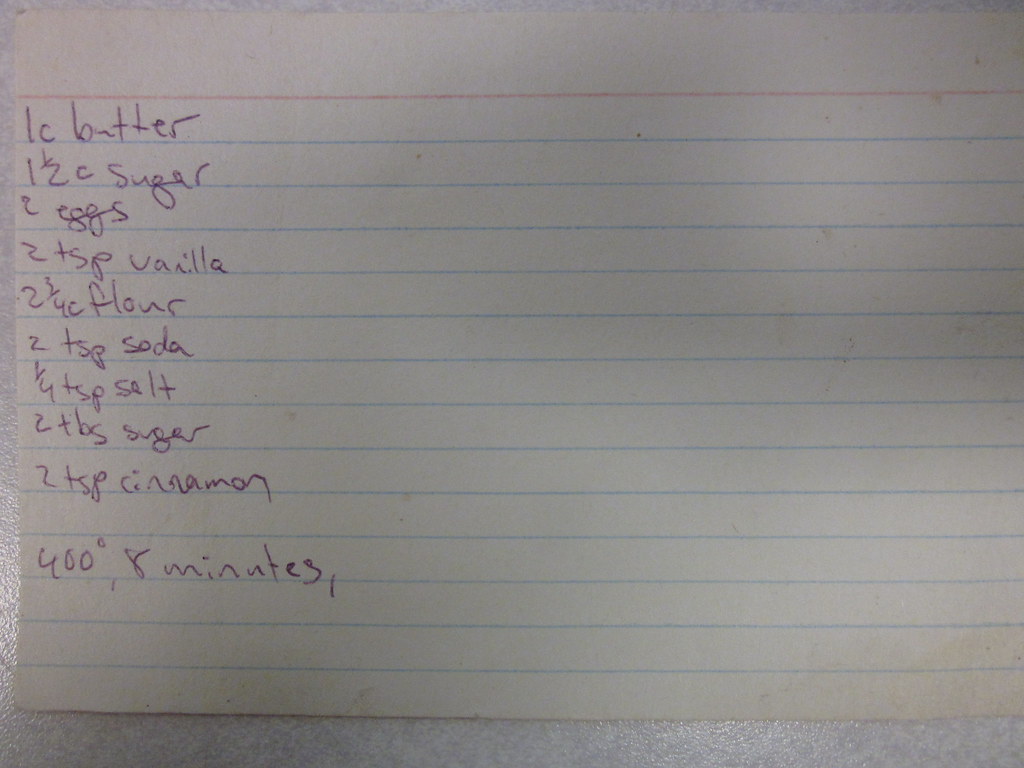Culture
The Hipster’s Cookbook: Kitchen Shorthand

Every Tuesday in The Hipster’s Cookbook, Meghan Bongartz teaches you how to make delicious food on a low budget.
I’ve mentioned before that I do a lot of my cooking by feel rather than following exact recipes, and that this generally works out pretty well because dishes don’t have to be exactly the same every time. Baking is a little different, though, because getting the right result is dependent on chemical reactions with baking powder and eggs and milk. You can experiment with flavorings, but it’s a little more dangerous to try to change the ratio of any of the main ingredients without running the risk of having cookies that won’t rise or a cake whose center refuses to finish baking. I’m not saying that you should never try new things – you definitely should – but it might take a few trial runs before your experiments are edible.
Unfortunately, knowing this doesn’t make me any better at writing things down (or at working from tried-and-true recipes when I’m on a time crunch, as evidenced by my macaron disaster from a few weeks ago). I make adjustments of which I don’t entirely know what the impact will be. I memorize recipes in part or in their entirety and hope that I’m remembering them correctly. And when I do write things down, I abbreviate them kind of a lot. Usually I can read my own shorthand, but once in a while I end up looking at a recipe that calls for “more flour” or “spices,” and I’m sure that at one point I knew which spices that meant, but I don’t anymore.
For fun, I thought I’d share one of my handwritten recipes this week. This particular one is for snickerdoodle cookies, although I’ve failed to indicate that on the index card. A few months ago, my roommate asked me if I could teach her to make snickerdoodles, and I pulled this card out and said, “I think this is the right recipe, but if it’s not then we’ll get a surprise.” Fortunately, it was the right recipe, and even more fortunately, it’s legible and doesn’t include an irrelevant grocery list (I’m frugal with paper, okay?). The most important thing to add here is that there’s obviously a comma followed by nothing at the bottom, and I think the missing phrase is “rounded teaspoonsful.” That leaves you with the temperature, cooking time, and size of each cookie, but no actual instructions.

I’m curious about whether an inexperienced baker would be able to work with this because it makes a lot of assumptions of what the reader knows about baking. For example, in baking, butter is always unsalted so that you can control the amount of salt in the end product. Eggs are always large – never small or jumbo sized. Soda means baking soda. Sugar is granulated unless specified otherwise. You always cream the butter and sugar together first, followed by eggs and extracts, then dry ingredients. Sugar coated cookies are baked on an ungreased tray. Heat is in degrees Fahrenheit because I live in America. In my mind, these things are standard practice, but it takes a lot of practice to know what to do when you’re faced with a recipe that is nothing more than a list of ingredients – and I have recipes that are far more cryptic than this one. So the moral of this story is to spend a lot of time in the kitchen. Learn what works and what doesn’t. And then develop your own shorthand, because writing down full recipes is just really time consuming.
——
Snickerdoodles
1 cup unsalted butter, room temperature
1 ½ cups granulated sugar
2 eggs
2 tsp vanilla extract
2 ¾ cups flour
2 tsp baking soda
¼ tsp salt
2 tbs granulated sugar
2 tsp cinnamon
1) Preheat oven to 400 degrees. In a large bowl with an electric mixer, cream the butter and 1 ½ cups sugar together until light and fluffy.
2) Add eggs and vanilla extract and mix until combined. Scrape down the sides of the bowl.
3) In a separate bowl, combine flour, baking soda, and salt. Add to wet ingredients in three additions, scraping down the bowl after each. Beat until fully incorporated.
4) Combine 2 tbs sugar and cinnamon in a small bowl or dish. Form rounded teaspoonfuls of dough into balls using your hands and roll in the sugar mixture to coat.
5) Place 2 inches apart on an ungreased baking sheet and bake at 400 degrees for 8-10 minutes. Allow to cool for 1 minute on tray before transferring to a cooling rack.